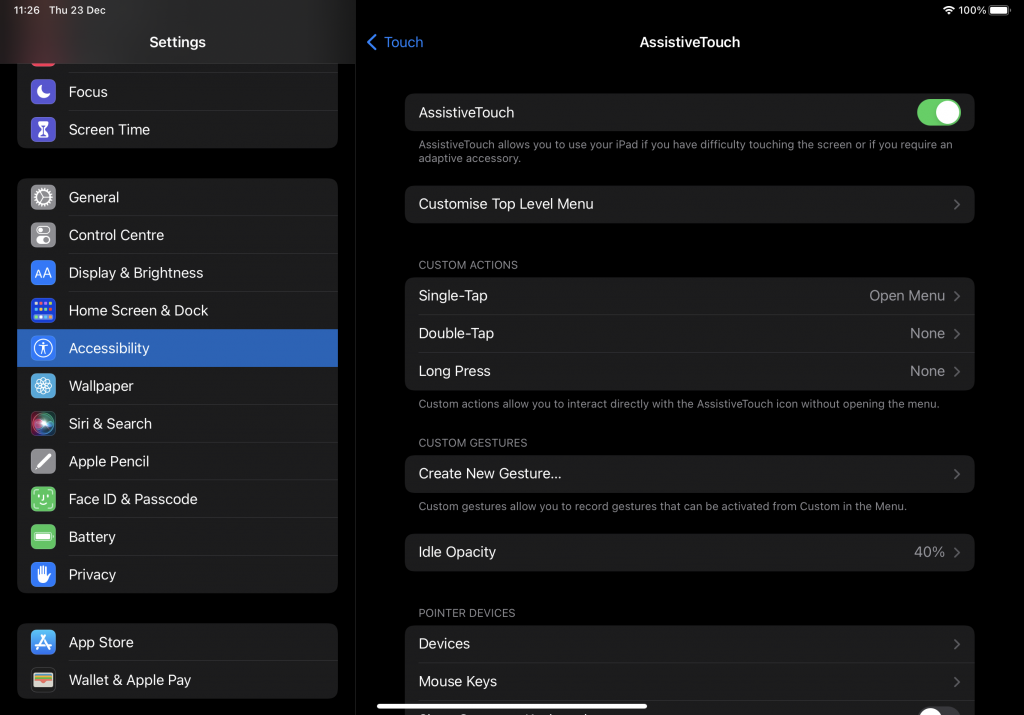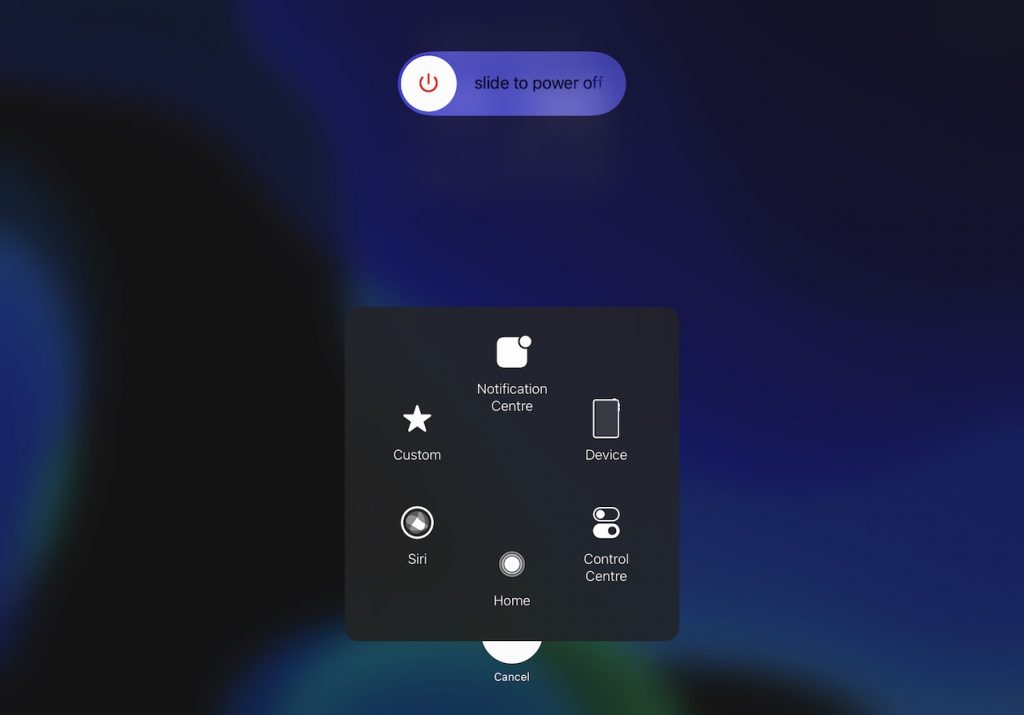Forcing an app out of memory on iOS
Published on: December 23, 2021Updated on: April 24, 2024
I’ve recently been working on a background uploading feature for an app. One of the key aspects to get right with a feature like that is to correctly handle scenarios where your app is suspended by the system due to RAM constraints or other, similar, reasons. Testing this is easily done by clearing the RAM memory on your device. Unfortunately, this isn’t straightforward. But it’s also not impossible.
Note that opening the task switcher and force closing your app from there is not quite the same as forcing your app to be suspended. Or rather, it’s not the same as forcing your app out of memory.
Luckily, there’s somewhat of a hidden trick to clear your iOS device’s RAM memory, resulting in your app getting suspended just like it would if the device ran out of memory due to something your user is doing.
To force-clear your iOS device’s RAM memory, go through the following steps:
- If you’re using a device without a home button, enable Assistive Touch. If your device has a home button you can skip this step. You can enable Assistive Touch by going to Settings → Accessibility → Touch → Enable Assistive Touch. This will make a floating software button appear on your device that can be tapped to access several shortcuts, a virtual home button is one of these shortcuts.

- In a (somewhat) fluid sequence press volume up, volume down, and then hold your device’s power button until a screen appears that allows you to power down your device.
- Once that screen appears, tap the assistive touch button and then press and hold the virtual home button until you’re prompted to unlock your device. You’ve successfully wiped your device’s RAM memory.

Being able to simulate situations where your app goes out of memory is incredibly useful when you’re working on features that rely on your app being resumed in the background even when it’s out of memory. Background uploads and downloads are just some examples of when this trick is useful.
My favorite part of using this approach to debug my apps going out of memory is that I can do it completely detached from Xcode, and I can even ask other people like a Q&A department to test with this method to ensure everything works as expected.
An app that's forced out of ram is not considered closed because it's still present in the app switcher, and any background processes continue to run. during normal device usage, apps will be forced out of ram whenever ann app that the user is using needs more ram, of if a user hasn't opened your app in a while. When the user launches your app the app will still boot as a fresh launch with the main difference being that the app might have done work in the background.
When an app is force closed from the app switcher, iOS does not allow this app to continue work in the background, so any in progress uploads or other tasks are considered cancelled.


